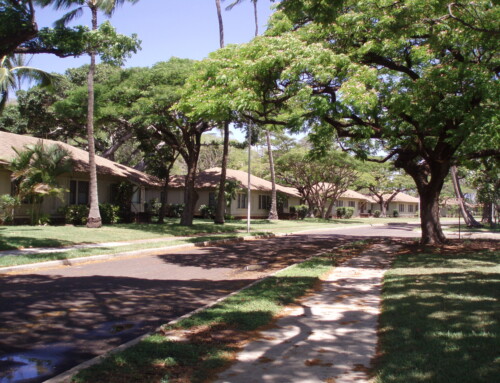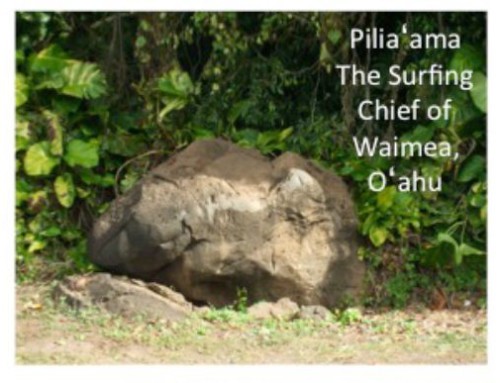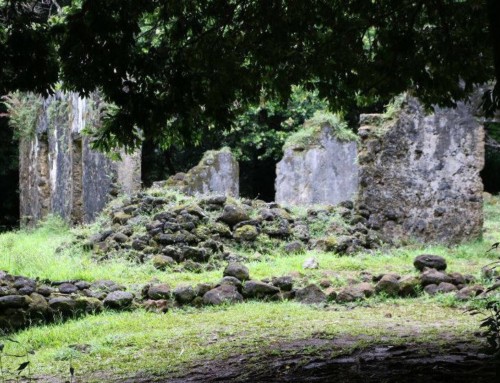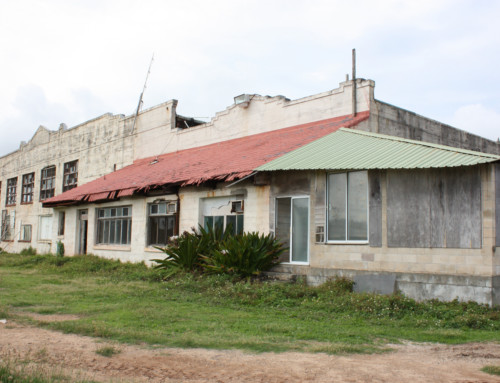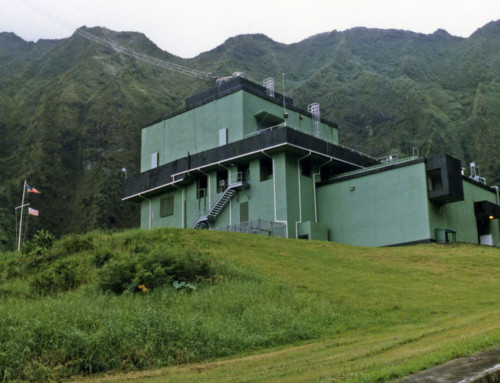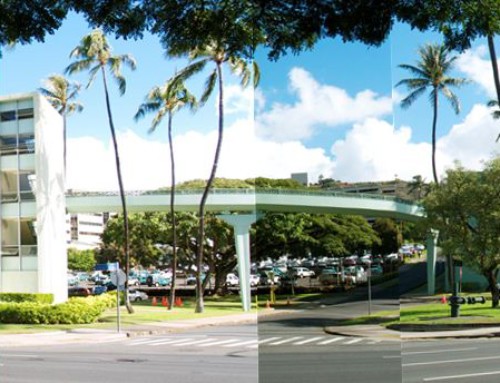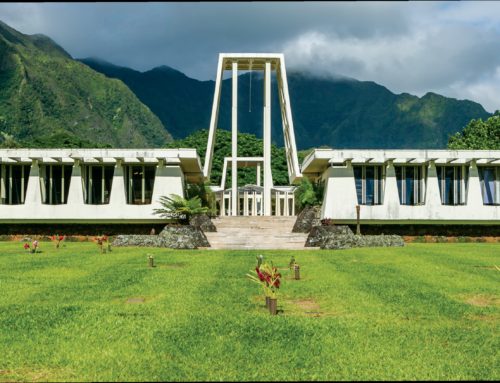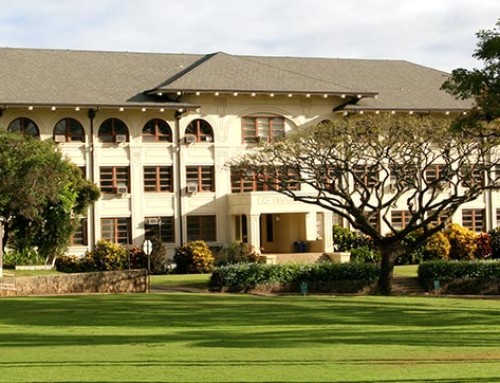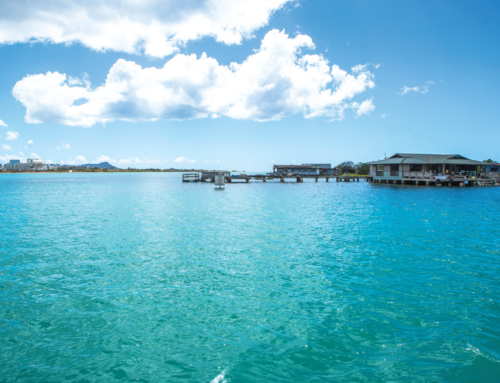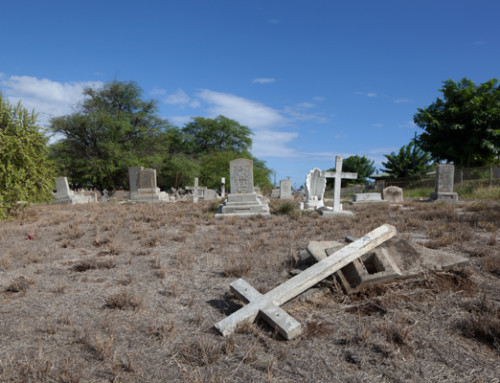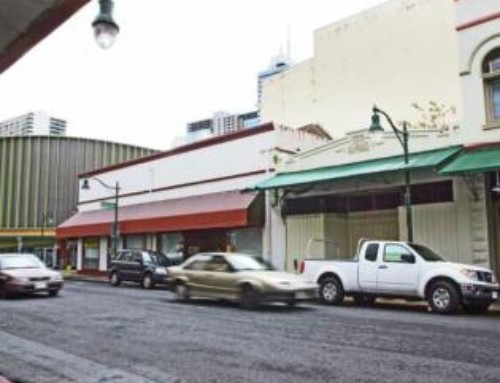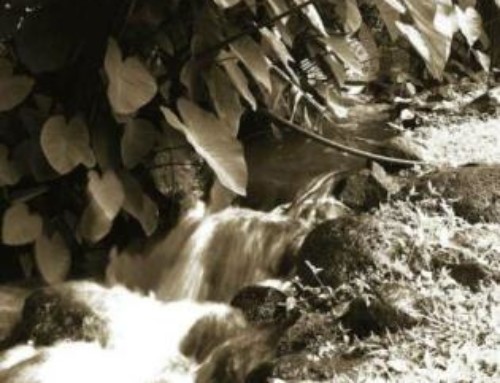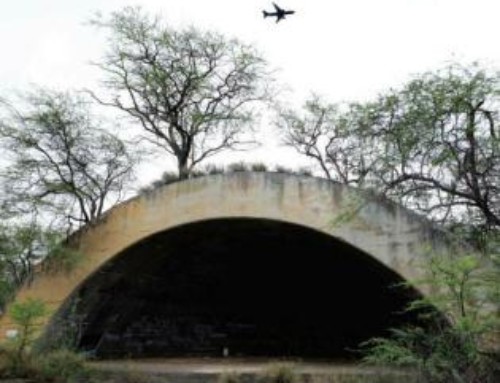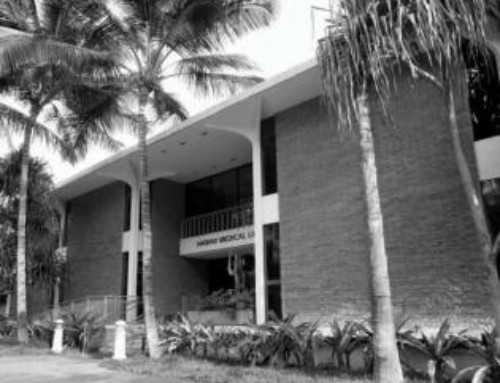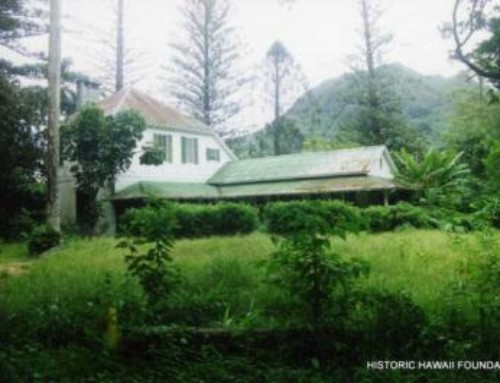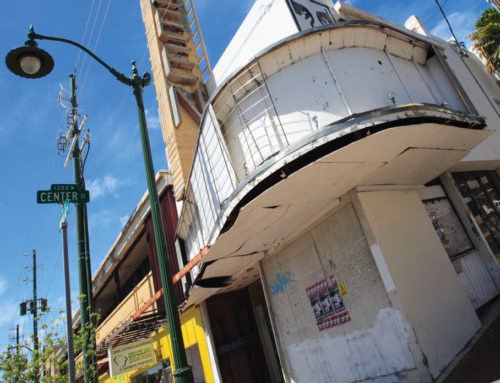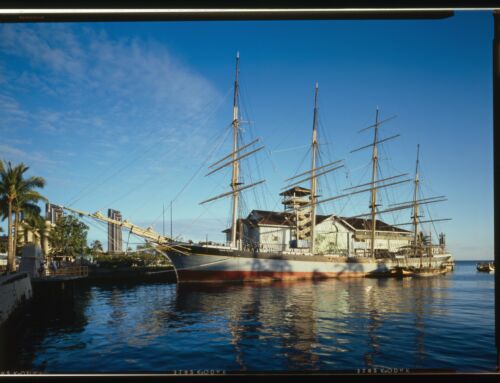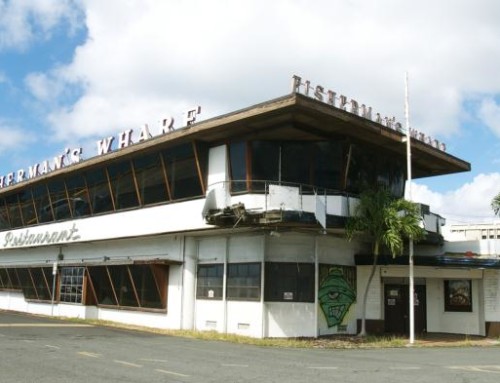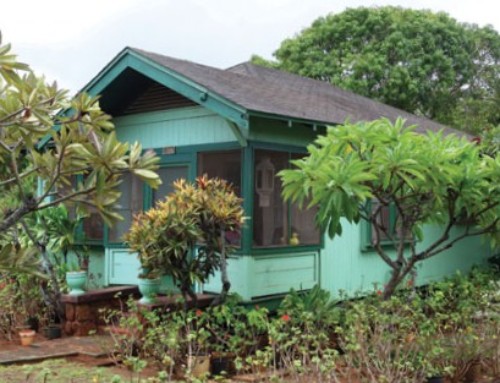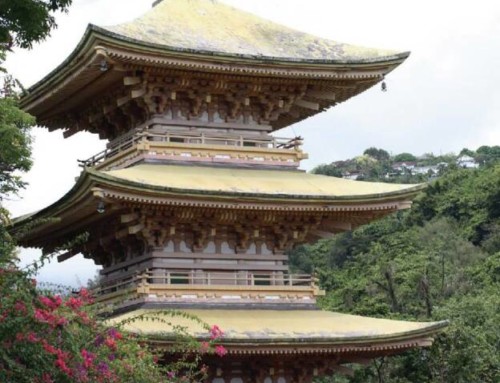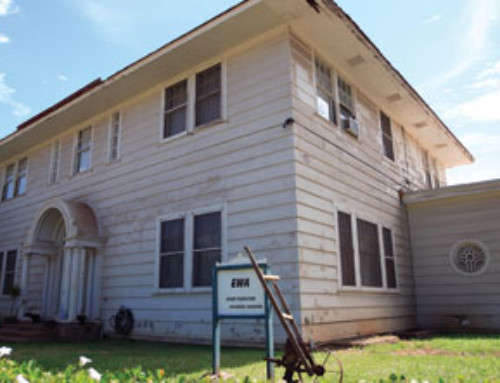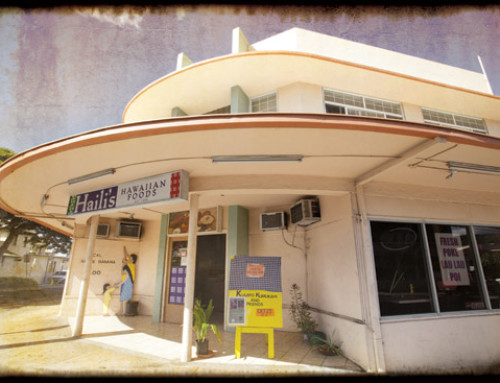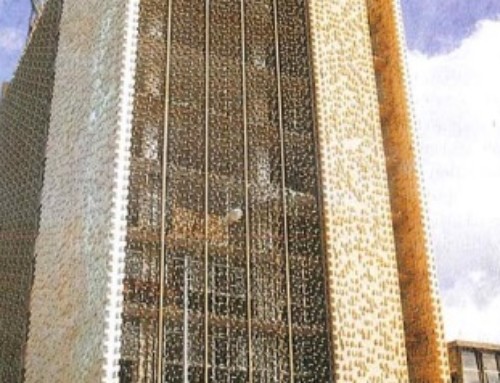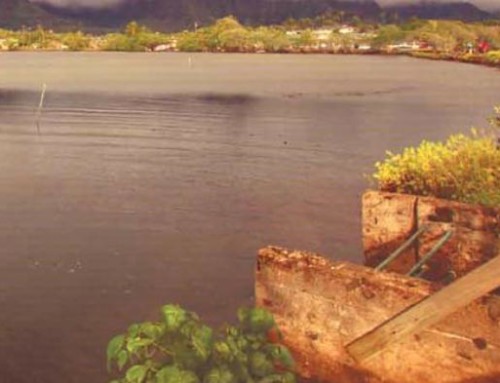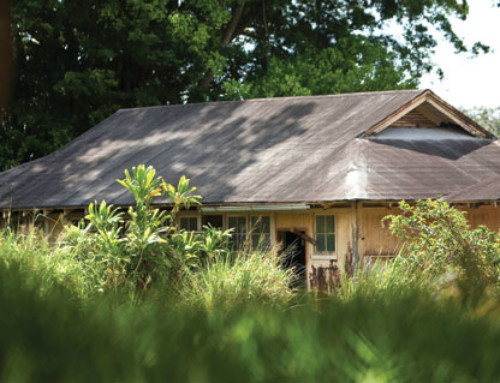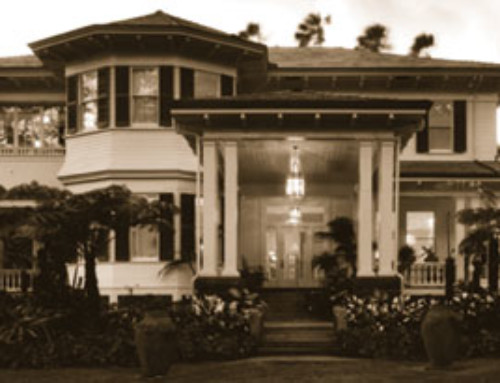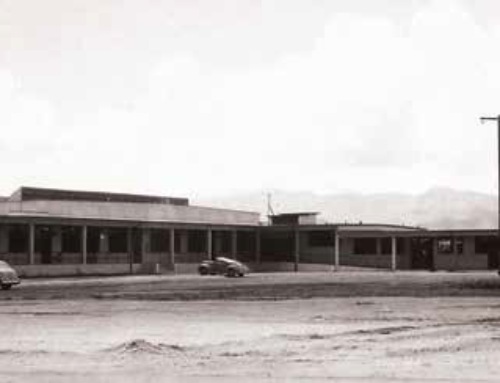UPDATE, July, 2017 – SAVED:
Nonprofits, government, community members and the private sector worked together successfully to purchase and forever protect this, one of Honolulu’s last natural springs to still provide fresh, clean water to the shore.
Once overgrown, dark, and murky – Kānewai Spring and the surrounding land are now brimming with life thanks to seven years of hard work by the Maunalua Fishpond Heritage Center and hundreds of volunteers. And now, the site is permanently protected and owned/stewarded by the community via nonprofit Maunalua Fishpond Heritage Center.
The conservation funding which saved the spring is described in a Trust for Public Land (TPL) press release from July, 2017:
“To fund the conservation purchase, the State Department of Land & Natural Resources Legacy Land Conservation Program granted $1.3 million. The City and County of Honolulu Clean Water and Natural Lands Program (TPL) contributed an additional $1 million, providing the Trust for Public Land with the $2.3 million needed to purchase and preserve the property in perpetuity. Local foundations and donors raised $350,000 to cover costs for the real estate transaction and expenses for land management. The land is now permanently protected through a conservation easement with binding restrictions that will be monitored and enforced by the City and area nonprofit Livable Hawai‘i Kai Hui.”
Threatened – 2015
Photography: Courtesy of John Johnson
Article Written By: Katrina Valcourt, HONOLULU Magazine
What is it?
Prior to Henry J. Kaiser’s development of Hawai‘i Kai, the area boasted one of the largest fishponds on O‘ahu. Now, only a few fishponds remain on the East Side, including the Kanewai Fishpond, which is fed by a freshwater spring that ancient Hawaiians relied on when they lived in the caves above. The fishpond is connected to Paikō Lagoon, a wildlife sanctuary, which hosts many local and endangered plants and wildlife. The area also has a coconut grove, quarried stone-block walls made without mortar, a fishing shrine and gate systems for catching fish.
What threatens it?
Currently, the nonprofit Maunalua Fishpond Heritage Center acts as steward, taking care of the area through an agreement with the landowner. It has spent the past five years cleaning it up, removing trash, overgrowth and invasive species, and bringing in school and community groups to help. “It’s really come to life,” says Chris Cramer, president of the group. But, because it’s now such an attractive area, foreign buyers are looking to purchase the property, which could limit access, education and cultural initiatives, and preservation. Worst-case scenario, new buyers could demolish it, even convert the spring to a swimming-pool area, which would endanger local wildlife.
What can be done?
The Trust for Public Land wants to purchase the complex so it can be restored and preserved in perpetuity. “We are in the process of trying to raise funds to both purchase the Kanewai Spring property and to set Maunalua Fishpond Heritage Center up for success as steward,” says Laura Kaakua, Native Lands project manager for the trust. “I think everybody, including the landowner, is very impressed with what Maunalua Fishpond Heritage Center has been able to do in turning the spring around … what we’re trying to do is just lock in the property with a purchase agreement. It’s a matter of raising funds in time.” The organization has until next summer to raise approximately $3.3 million from city and state funding and private donations, which would also go toward creating an educational and cultural center on the property. Learn more or donate at kanewaispring.org.





